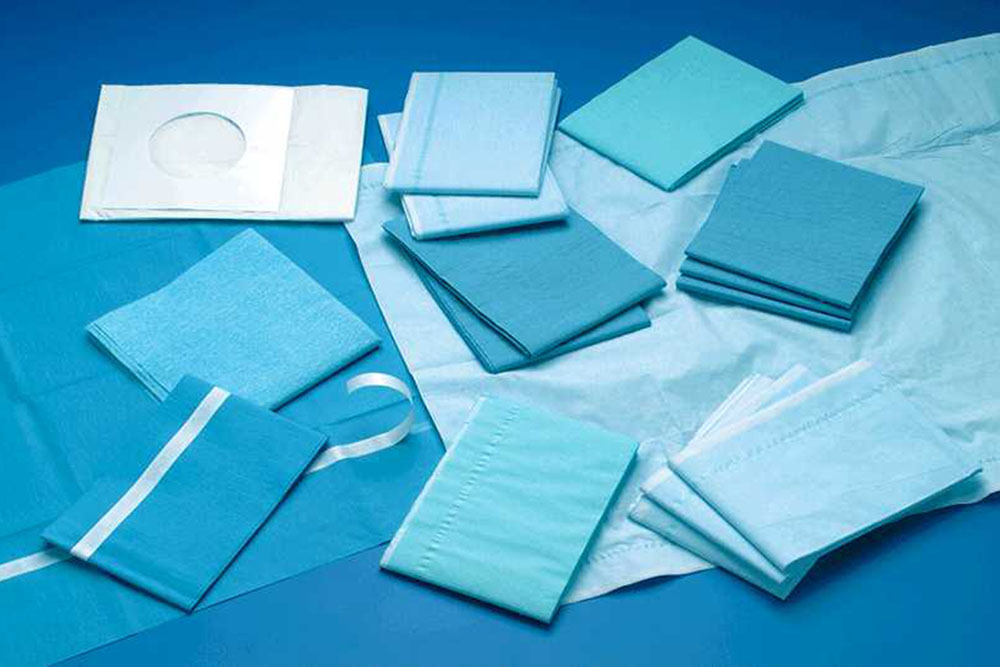Surgical sheets play a pivotal role in maintaining sterility and hygiene during surgical procedures. Traditionally, reusable cotton or linen surgical sheets have been used in operation theatres. However, with growing awareness about hospital acquired infections, medical professionals are shifting towards single-use disposable surgical sheets.
Need for Disposable Surgical Sheets
Hospital acquired or nosocomial infections are a major healthcare issue globally. As per the World Health Organization, around 1 in 10 hospital patients acquire at least one healthcare associated infection. Such infections prolong hospital stays and increase healthcare costs. Surgical site infections are one of the most common types of hospital associated infections. According to a study published in the American Journal of Infection Control, reusable sheets require thorough cleaning and disinfection. However, even after following standard protocols, traces of pathogenic microorganisms may remain, leading to cross-contamination. This risk is completely eliminated with single-use disposable sheets.
Disposable Surgical Sheets do not need to be washed or sterilized after every surgery. This makes them a more hygienic and convenient option for operation theatres. With reusable sheets, there is always a possibility of missed or incomplete disinfection, putting patients at risk of infections. Several studies have found higher rates of surgical site infections with reusable textiles. Thus, disposable surgical sheets help curb the spread of drug-resistant nosocomial pathogens in hospitals.
Advantages of Disposable Surgical Sheets
Infection Control: Being single-use, disposable sheets do not harbor any microorganisms from previous surgeries. This ensures optimal sterility during procedures and reduces surgical site infections.
Convenience: Disposable sheets eliminate the need for laundering and disinfecting reusable linens after every surgery. Healthcare facilities do not have to maintain in-house sterilization units. This saves time and labor costs.
Cost Effectiveness: While disposables have a higher unit cost, they prove cheaper in the long run due to reduced infection rates. Studies show reusable sheets increase hospital stay duration and treatment costs associated with nosocomial infections.
No cross-contamination: With disposables, there is no risk of contamination from one patient to another. This is a crucial advantage, especially in developing nations where sterilization practices may not be foolproof.
Sustainability: Modern disposable sheets are made of eco-friendly materials like cellulose, which degrade quickly. Their disposal does not harm the environment.
Comfort: Disposable sheets feel softer and more comfortable for patients compared to coarse reusable cotton varieties. This supports faster recovery.
Standardization: Leading manufacturers ensure consistent quality and properties across all disposable units. This uniformity maintains infection control standards.
Choice of Materials
Disposable surgical sheets are available in different absorbent materials like cellulose, pulp, polypropylene, and non-woven fabrics. Cellulose varieties dissolve in water without polluting it. Pulp and non-woven sheets feel soft and dry quickly without retaining moisture. Polypropylene sheets are waterproof yet breathable. Healthcare facilities can choose materials according to surgery type and patient needs. Leading brands offer a wide assortment of disposable drapes, towels and other table cover options.
*Note:
1. Source: Coherent Market Insights, Public sources, Desk research
2. We have leveraged AI tools to mine information and compile it


